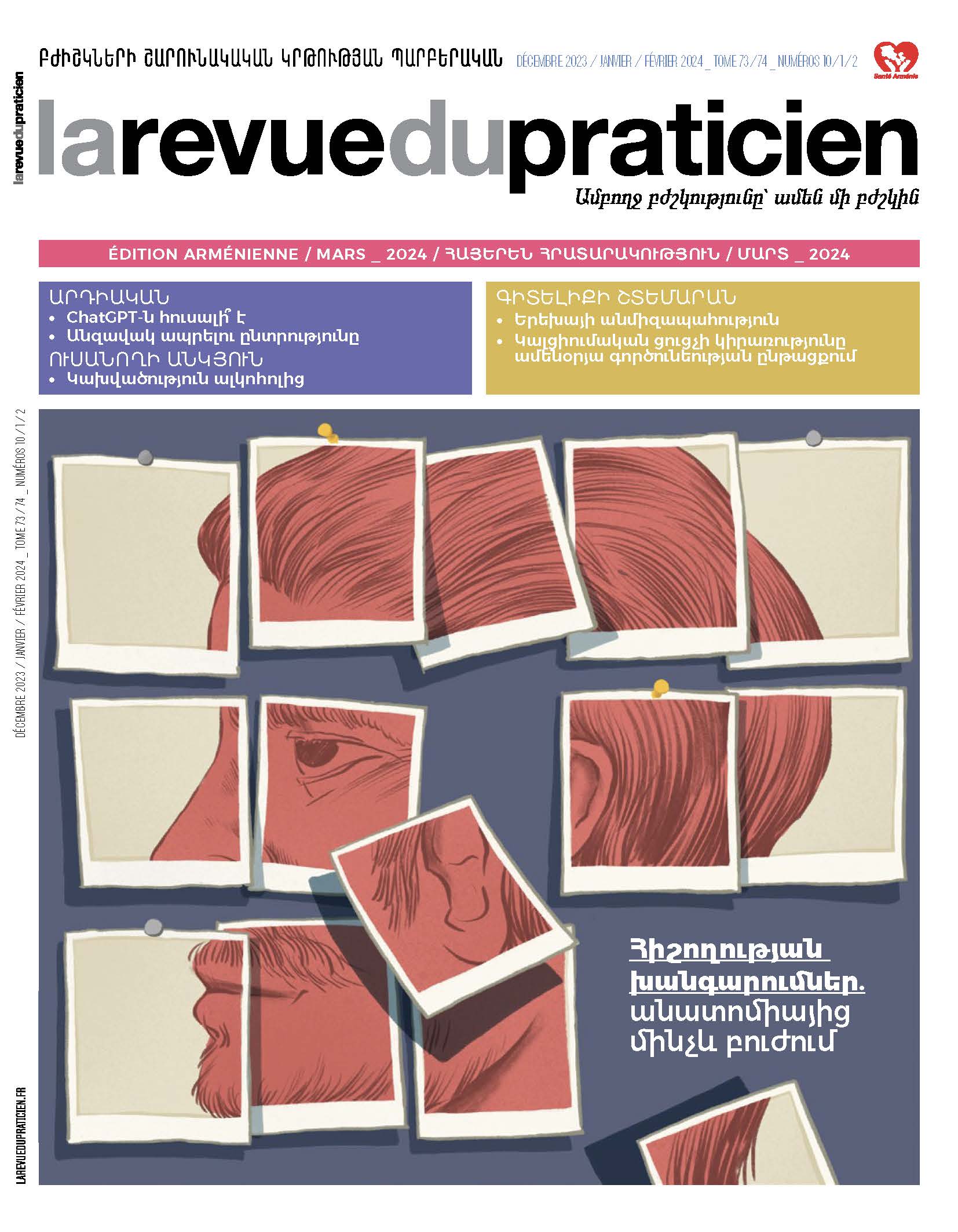Abstract
Urinary incontinence in children and adolescents is most often of functional origin. Questioning and clinical examination with a bladder diary should look for underlying urological or neurological causes. The type of incontinence, daytime or nocturnal, must be specified to adapt treatments. Renal and bladder ultrasound is recommended, and urodynamic studies are not routinely used. Lifestyle advice and bowel management are prerequisites for treatment. Depending on the type of symptoms, drug treatment, pelvic floor treatment, behavioral measures or stimulation of the posterior tibial nerve can be proposed. The evolution can sometimes be slow with a significant impact on quality of life, and neurocognitive aspects need to be considered.
